
California, here they come!
Mobile Fidelity Sound Lab – UD1S 2-021, Limited Edition, (2022, Dec.), #5540 of 12 000.
Originally released on Atlantic – SD-8229 (1969, May)
Ratings:
- Global Appreciation: 8.8
- Music: A-
- Recording: (6.7- 9) 7.8
- Remastering + Lacquer Cutting: 9.2
- Pressing: 9.5
- Packaging: Deluxe
Category: folk rock, country rock, psychedelic rock, acoustic, hint of jazz vibes.
Format: Vinyl (2×180 gram LPs at 45 rpm).

Fifty-four years ago, Woodstock held one of the biggest music festivals in history. Not only did it represent the peak of the counterculture movement of the 1960s, many of the thirty-two acts which performed during that weekend showed a strong focus on folk and its close cousin hybrid, folk rock. Credit goes to The Animals for being the first to fuse folk with rock with their bluesy take on the traditional folk song “The House of the Rising Sun” back in 1964.
The following year, alienating folk fans and bringing in new ones, Bob Dylan ditched part of his acoustic set and plugged electric on Bringing It All Back Home which featured, among many classics, the original version of “Mr. Tambourine Man”, soon to take flight by the Byrds who made it a huge hit.
The Byrds kept spreading their wings with such songs as “Turn! Turn! Turn!” and the psychedelia-infused “Eight Miles High” taken from their third LP Fifth Dimension.
Within the group was singer-songwriter and guitarist David Crosby, who stayed on board up to The Notorious Byrd Brothers. The 1968 album showcased the band’s broad experimentation with folk rock, psychedelia, and country. The latter genre had its headquarters deep in Nashville while its emerging confluence with rock relegated the psychedelic movement to the fringes.
“I’m a little bit country. And I’m a little bit rock ‘n roll…”

Crossing multiple borders, Los Angeles-based Buffalo Springfield featured, among others, Canadian Neil Young and American Steven Stills. Both men would be part of one of the first and arguably most popular ‘supergroups’ of all time, Crosby, Stills & Nash (CSN), with Young joining the trio only on the band’s second album, Déjà vu. British born Graham Nash, formerly of The Hollies, completed this winning formula.
CSN’s self-titled debut landed in May 1969, just two and a half months prior to their historic appearance at Woodstock on the last day of the festival at 3 a.m. Monday morning. The album featured ten tracks, including “Suite: Judy Blue Eyes”—based on the relationship between Stills and singer-songwriter Judy Collins—, “Marrakesh Express”, “Guinnevere”, “Wooden Ships”, “Lady of the Island”, and “Helplessly Hoping”. With its many melodic and intricate three-part harmonies, it would greatly influence such groups as America, the Eagles, and, closer to home, Québec’s own Harmonium.
“All on boooard the trainnn..”
Bill Halverson engineered CSN’s debut album at Wally Heider Studio 3 in Hollywood in February and March, 1969.
It was Halverson’s first full-album recording project, which may explain in part why it sounds uneven, with some songs and elements coming out great while others less so, due to what seems to have been questionable mixing, compressing, and limiting levels, plus over-bright EQ choices. Within the trio, Stills exercised a prominent role as he played guitar, bass, keyboards, and percussion, whereas Crosby and Nash were mainly on vocals and guitar, though all three took on production duties.


Drummers Dallas Taylor and Jim Gordon joined the group on some songs. Blending folk rock, country rock, psychedelia, and jazz, the album delivers a charming concoction of rich, memorable melodies.
MoFi’s deluxe box set contained the usual items and ‘Ultradisc’ presentation we’re now accustomed to getting from the label.
Engineer Krieg Wunderlich remastered and cut the four sets of lacquers at 45 rpm from the 1/4 inch / 15 IPS analog master tape, converted to DSD256 in accordance with MoFi’s ‘One-Step’ process. In the dead wax of my copy is inscribed KW@MoFi’ plus A6; B6; C10; and D8 respectively, indicating which cutting ‘cycles’ were used to make the converts for this run. All four sides were visually glossy and black, though when held up to the light I could still see through the vinyl. Pressings were done at RTI on the slightly translucent 180g “High-Definition SuperVinyl” formula by Neotech. The records played nearly perfectly with just a few tics on the second record that could have been caused by static, and often disappear with time.
I did not have the original US pressing, nor the 45 rpm 200g Classic Records cut by Bernie Grundman in 2005, but I did have the Canadian second pressing ‘red label’ as a basis for comparison. The latter is not a very good mastering, often sounding coarse and grainy in the acoustic guitar and vocal parts. These tend to overpower the drums and bass in the rather compressed and limited mix. This is no demo-worthy recording. By contrast, the MoFi is an enormous improvement. It’s not perfect from start to finish but once you hear both versions back-to-back, there is no ambiguity as to which one is more balanced and pleasant to listen to.
The first record of the MoFi set—the original LP’s side A—is the most impressive of the two, with generous bass, decent drum sounds, great guitar detail, and clear vocals, eliminating the previous treble grain. Tonal balance is wide, ranging between warm and slightly crisp depending on songs and your setup (cartridge type, speakers, etc.). I enjoyed it but, finicky as I am, I would have welcomed a touch more sweetness in the top end.
In the second record, sides C and D, the vocals are, in some instances, pushed too forward in the mix, causing some edginess. This was especially apparent on “Wooden Ships” when all three vocals enter center stage at once. It’s unfortunate because just before that happens, the first vocal we hear in the right channel sounds smooth and perfectly balanced, as does the second vocal that arrives on the left side, where the utter transparency provided by MoFi’s One-Step transfer gives us a “you are there” realism rarely heard on record — it is shockingly real–sounding! On the closing track, “49 Bye-Byes”, however, the drum’s ride cymbal has a disagreeable narrowband ring to it which is apparent also on my Canadian pressing. That seems to confirm that certain parts of the original 16-track recording were fantastic and very well recorded, while in some cases isolated instrument EQs and the final stereo mixdown were compromised, explaining why MoFi could only do so much with the two-track tape. I tried adjusting my cartridge’s VTF a few hundredths of a gram to find the sweet spot between ultimate transparency and a more forgiving balance. This didn’t entirely correct the situation, but it did mildly alleviate it. That said, I only felt it necessary to do this on certain sections of the music, never across the full-length of a song.
Next, “Reviewed—MoFi’s One Of These Nights By The Eagles“.
Personnel:
- David Crosby – vocals, guitar, rhythm guitar
- Stevens Stills – vocals, guitar, bass, keyboards, percussion.
- Graham Nash – vocals, rhythm guitar, acoustic guitar.
Additional Personnel:
- Dallas Taylor – drums.
- Jim Gordon – drums
- Cass Elliot – backing vocals.
Additional credits:
- Produced by Crosby, Stills & Nash.
- Recorded in February and March 1969 at Wally Heider Studio 3 in Hollywood.
- Engineered by Bill Halverson.
- Remastered and lacquer cut by Krieg Wunderlich and assisted by Rob LoVerde at Mobile Fidelity Sound Lab in Sebastopol, CA.
- Plated and Pressed by RTI, CA, USA.
- Art direction, design by Gary Burden.
- Photography by Henry Diltz.
- Spiritual guidance by Ahmet Ertegün
Reference List (Singles, albums, and labels):
- “The House of the Rising Sun” [MGM Records SE 4264]
- Bringing It All Back Home [MoFi MFSL 2-380, Columbia 88697926811]
- “Mr. Tambourine Man”[Columbia CL 2372 or CS 9172]
- “Turn! Turn! Turn!” [Columbia CL 2454 or CS 9254]
- Fifth Dimension [Columbia CS 9349]
- The Notorious Byrd Brothers [Columbia CS 9575]
- Buffalo Springfield [Atco Records SD 33-200]
- Déjà vu [Atlantic SD 7200]
- America [Warner Bros. Records BS 2576]
- Harmonium [Celebration CEL 1893]
- Crosby, Stills & Nash [Classic Records, Atlantic SD-8229-45]
_______________________________________
For more from Claude Lemaire visit…


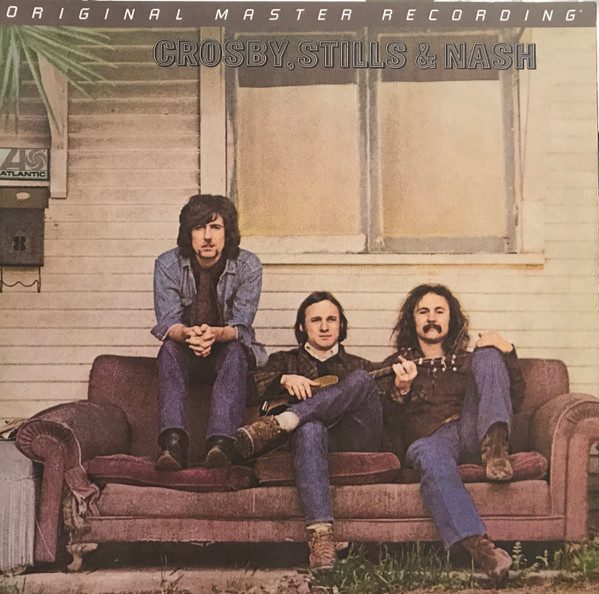
































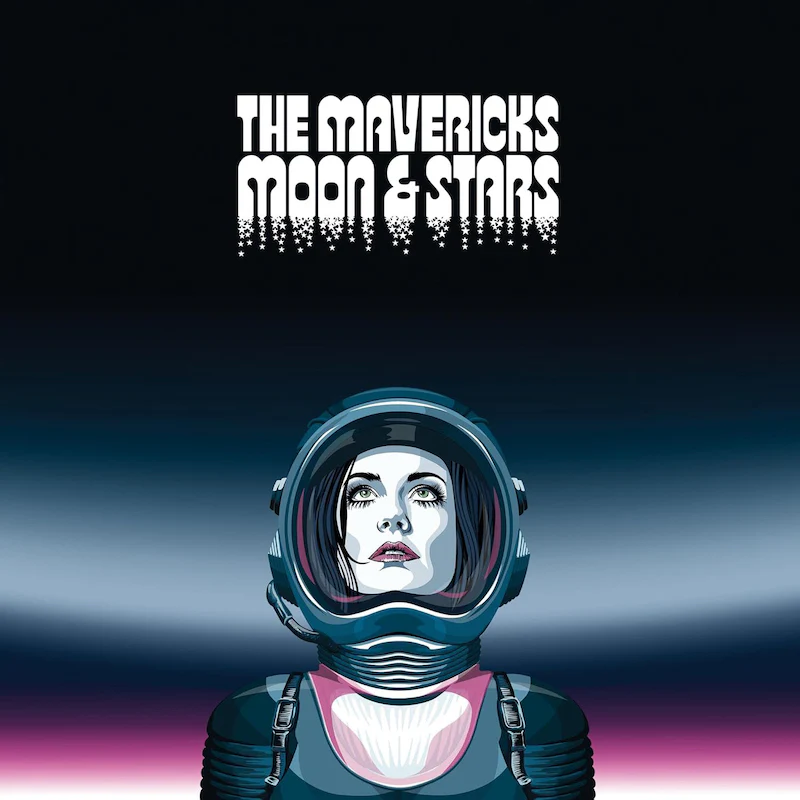

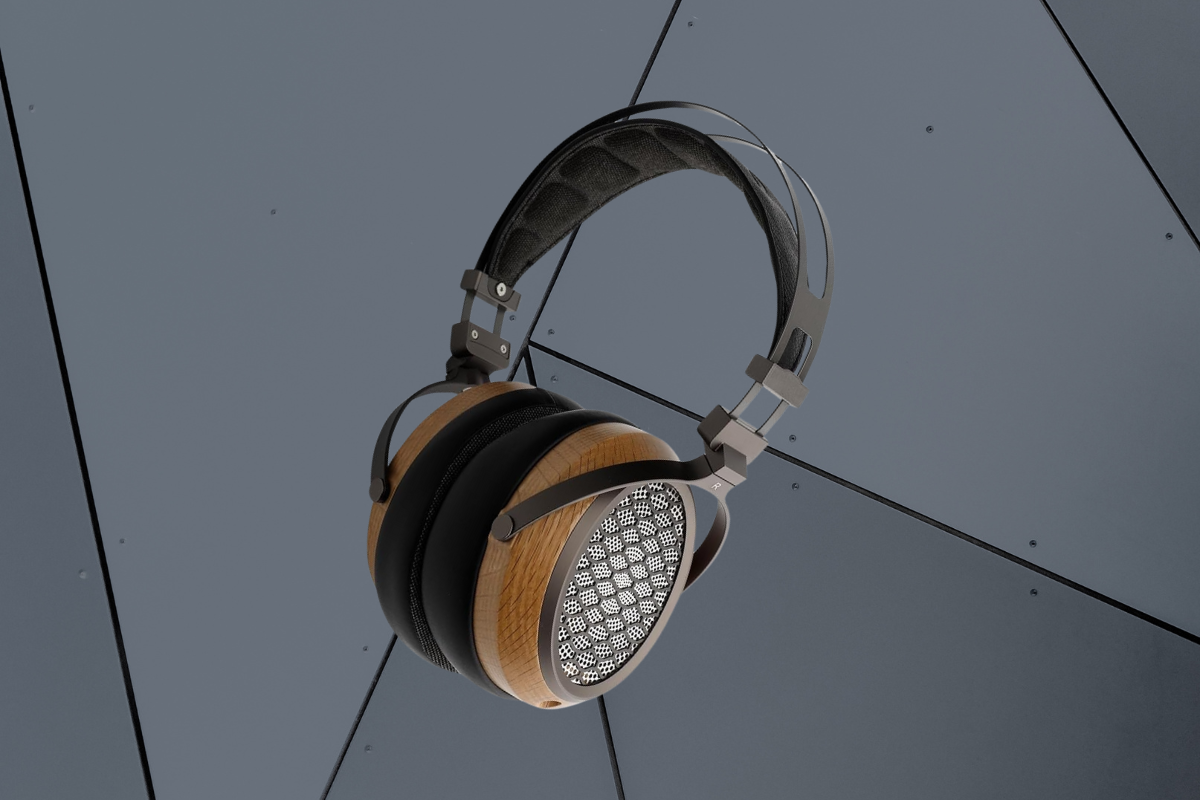
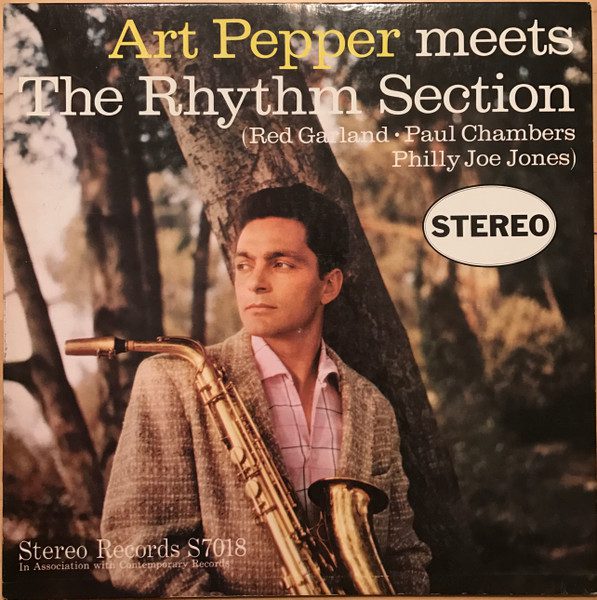
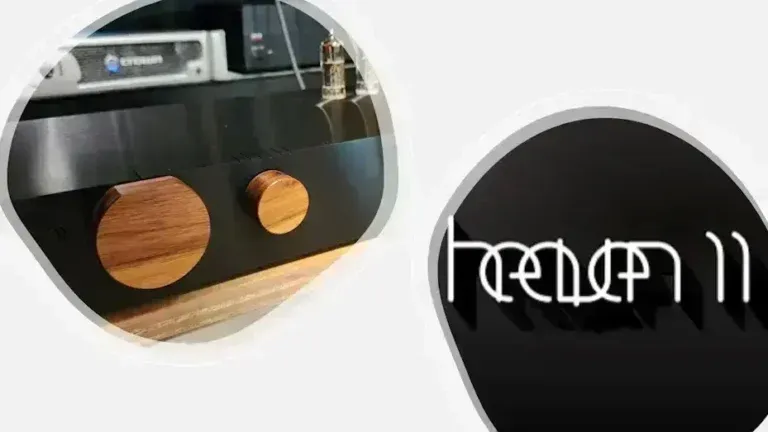
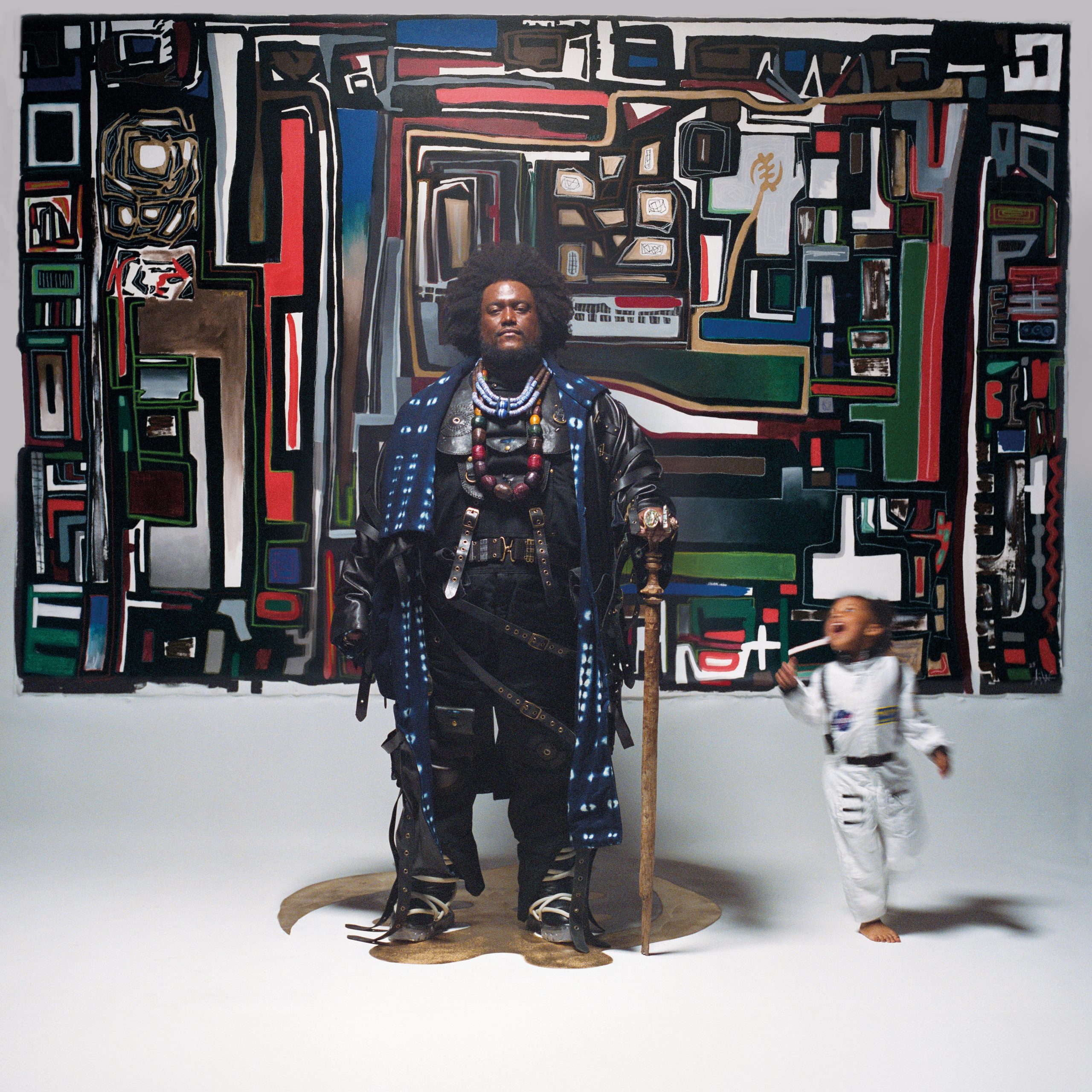
Leave a Reply